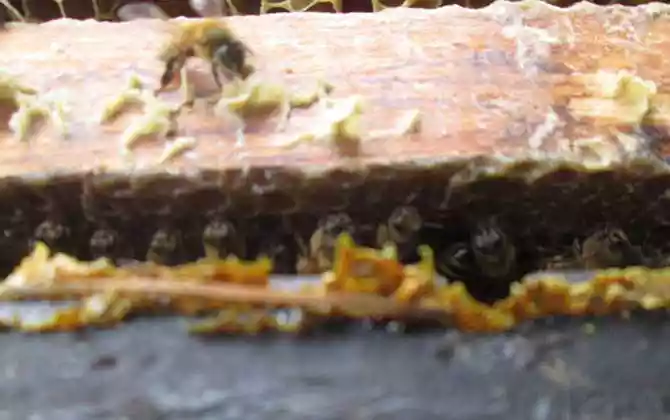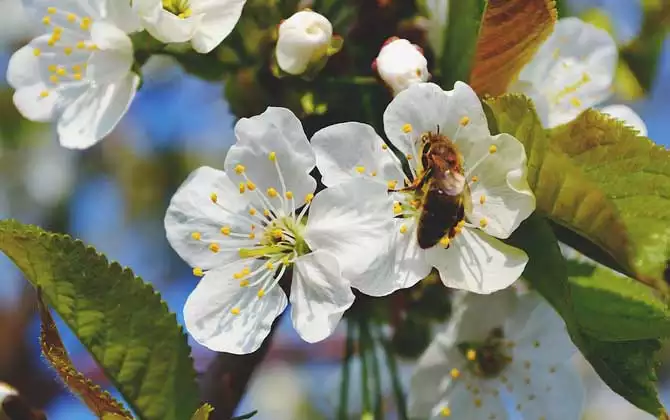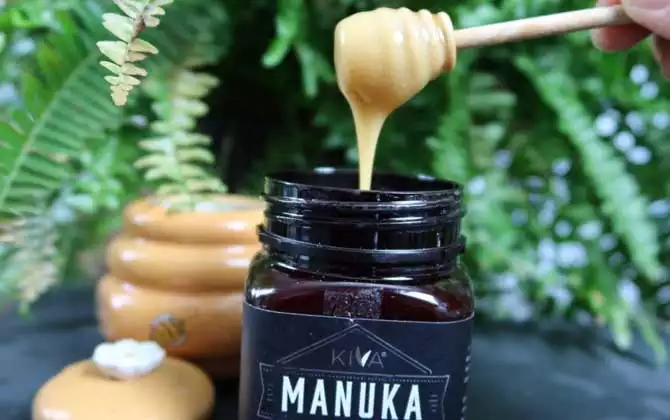Welcome contact us get latest quotation at [email protected]
The Basic Concept of Honey Bee Breeding
Daily management of honey bees and management techniques for bees in different seasons of the year. Honey bees use plant pollen and nectar as food to brew honey and secrete bee products such as royal jelly, propolis and bee wax. It is used by us humans in medical, nutritional, cosmetic and industrial applications… There are great uses.
Before keeping bees, let’s understand some knowledge about bees. Currently, there are 7,000,000 bee colonies in China, 90% of which are European bees imported from abroad, including Italian bees and Northeastern bees, and 10% are Chinese bees. Italian bees are widely reared in North and Northeast China. The queen bee has a strong egg production rate and the worker bee has a strong insect rearing ability, which not only plays an important role in production but is also an important breeding material. The Northeast black bee is an overtype of the European black bee. It is highly fertile and has good overwintering performance in cold areas, but cannot maintain strong colonies in low latitude areas. The Chinese honey bee, referred to as the Chinese honey bee, is suitable for living in the northeast, northwest, north, east and southwest of China. The Chinese honey bee is agile, has a good sense of smell, is industrious, disease resistant, cold resistant and heat resistant, but produces slightly less honey and secretes slightly less royal jelly than the European honey bee, and with the above introduction you will be able to select the right species and take appropriate measures according to the specific conditions of each region.
Bees are swarming insects. A group of bees usually consists of a queen, 1% of the males and 99% of the workers, with the queen, males and workers each having a specific role in the colony. The queen bee is the female bee of the colony, and normally there is only one queen bee in a colony. The queen bee’s duty is to lay eggs, and the sperm stored in the fertilization sac can be concealed for a lifetime of reproduction. Fertilized eggs can develop into male bees. The queen bee develops from the fertilized eggs in the queen house, also known as the queen table, and the eggs in the queen house develop into the queen bee because they eat royal jelly. (There are several reasons for a new queen to be produced in a colony: 1. The queen is lost or dies in the colony and it takes about 16 days for a new queen to develop. 2. The colony is too large and needs to be split. 3. The old queen needs to be replaced.) When there are two queens in a colony, they will fight each other until one queen is left. Worker bees are underdeveloped female bees in a colony. The function of worker bees is to do all the work inside and outside the hive, and there are different divisions of labor depending on their age. The young bees of 1-3 days old are responsible for keeping the hive warm and cleaning the hive, the young bees of 4-5 days old are responsible for feeding the large larvae, the worker bees of 4-12 days old have mature royal jelly glands and are responsible for secreting royal jelly to feed the small larvae, and the worker bees of 13-18 days old have well-developed wax glands and are responsible for secreting beeswax to create the hive spleen, make honey, clean the hive, carry the dead bees and defend the hive. After 18 days of age, worker bees are mainly responsible for collecting nectar, pollen, gum and water until they die. The worker bee can live 30-45 days during the honey flow period and about half a year during the wintering period in the north. Unlike worker bees, male bees do not have the instinct to work and are dedicated to mating with virgin queens. Most male bees start flying at 7-10 days of age and become sexually mature at 12 days of age, usually at 1-5 pm on a sunny day. Although males can live up to 3-4 months, they are expelled from the nest and die of starvation in late autumn when the nectar period ends.
Bee development stages: Honey bees develop through four stages: egg, larva, pupa, and adult bee. Within 6 hours after the queen lays the fertilized eggs in the hive, the worker bees will instinctively secrete some royal jelly around the eggs. 3 days later, the egg membrane will rupture and the larvae will hatch, and after hatching, the larvae will molt every 36 hours and become pupae after 4 molts and 6 days. After pupation, the larvae do not move or eat but consume the nutrients in their body. 11-12 days later, they bite open the lid and crawl out of the hive to become young bees. The whole development process takes 16-17 days for the queen, 20-21 days for the worker bees and 22-24 days for the males. Knowing the developmental cycle of bees can help us to cultivate the right age of bees to improve the production of bee products according to the local nectar source and plant conditions.




